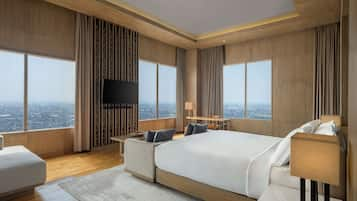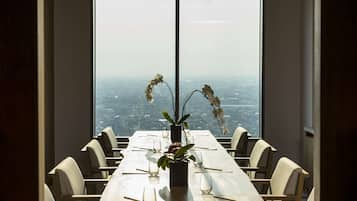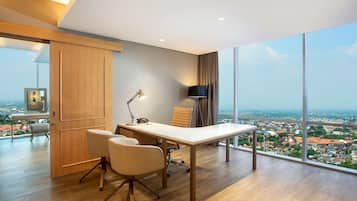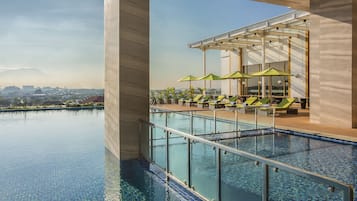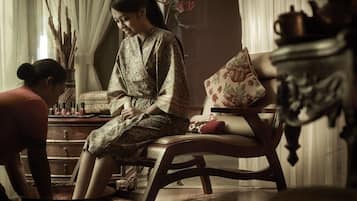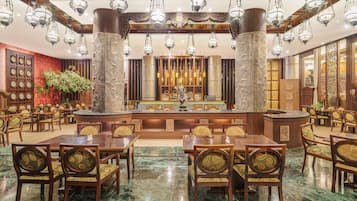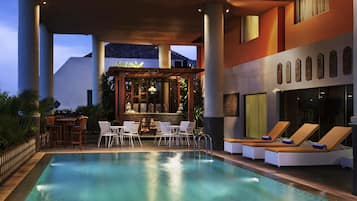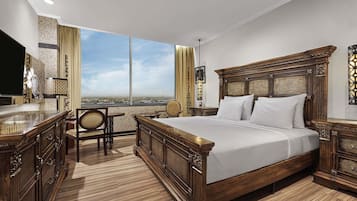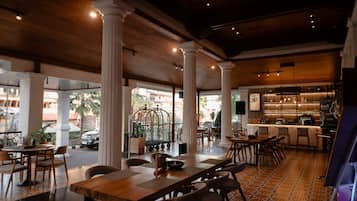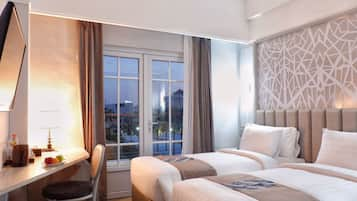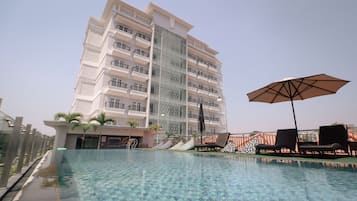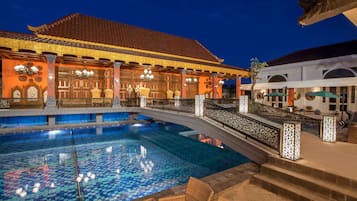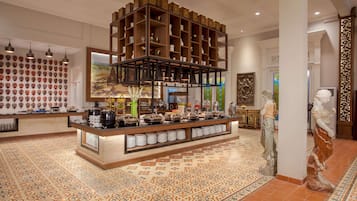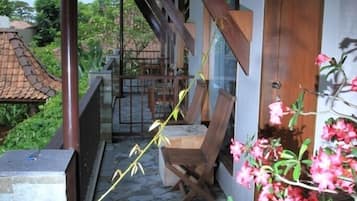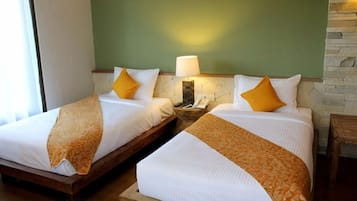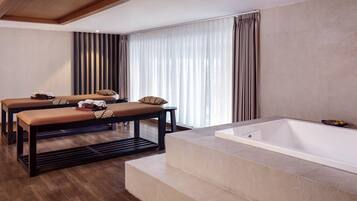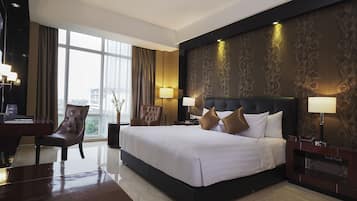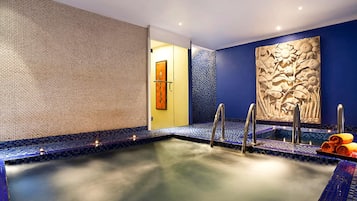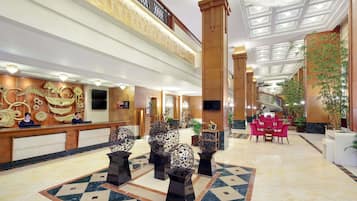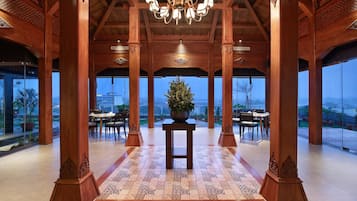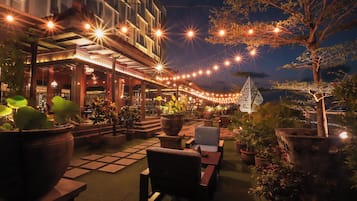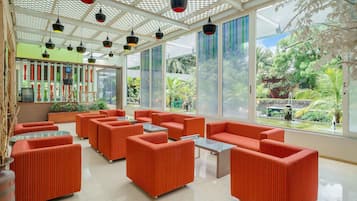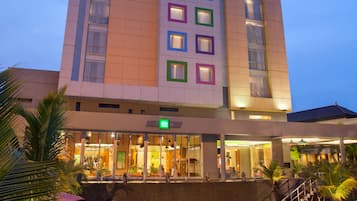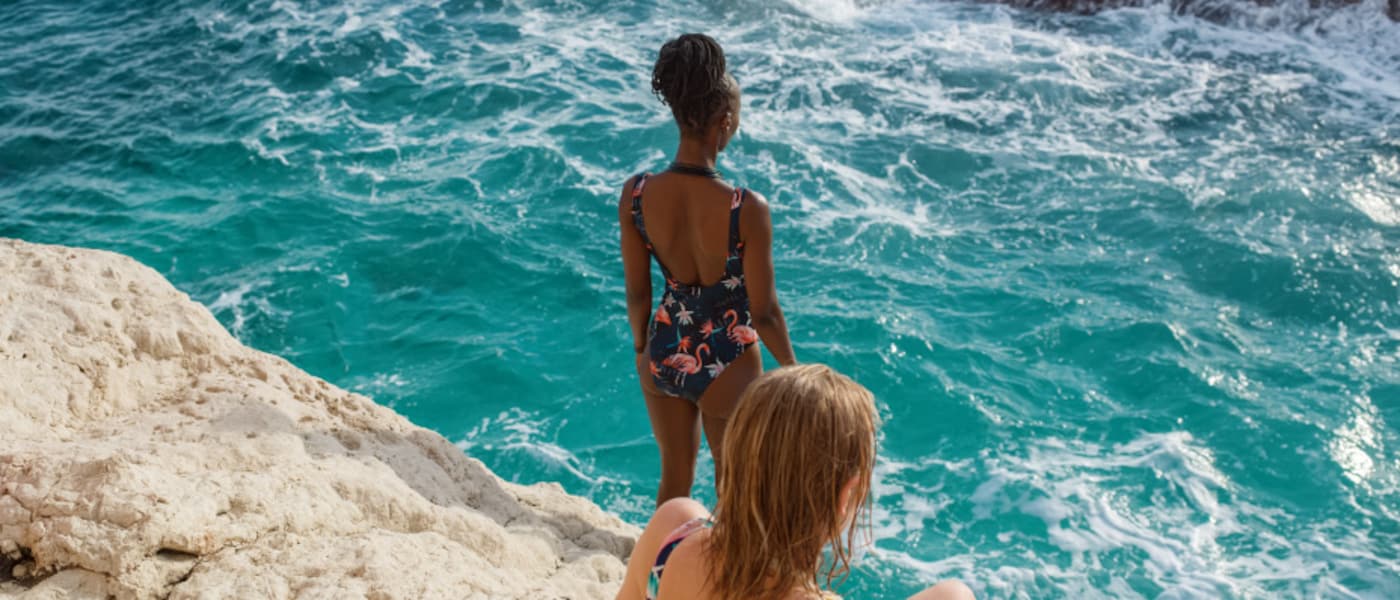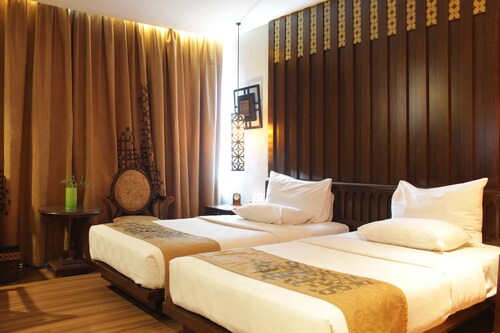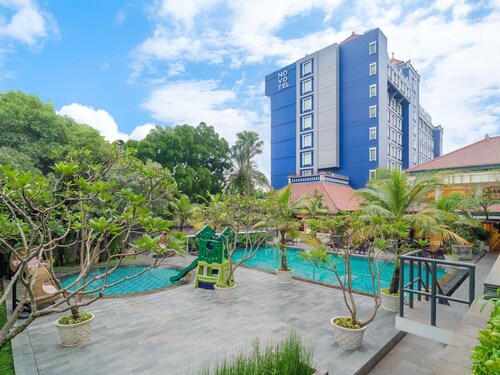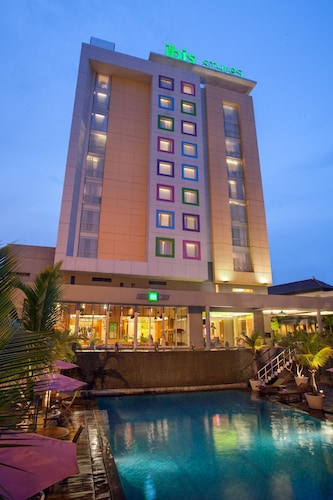Top Surakarta attractions for a relaxing vacation
Surakarta, also known as Solo, is a hidden gem for travelers who appreciate the soothing embrace of spa hotels. The city is steeped in rich culture and history, providing a serene backdrop for relaxation. Start your journey at the magnificent Keraton Surakarta, the royal palace that offers guided tours and cultural performances, allowing you to immerse yourself in Javanese heritage. Just a short distance away, the vibrant Pasar Klewer is perfect for a leisurely afternoon of shopping, where you can explore traditional batik fabrics and local crafts. For nature enthusiasts, the tranquil Taman Sriwedari park invites you for a leisurely stroll, topped off by a visit to the nearby museums that showcase the region’s artistry. After a day of exploration, unwind at one of Surakarta's exquisite hotels with spa facilities, particularly in the bustling area around Jalan Slamet Riyadi, where you'll find luxurious accommodations that prioritize relaxation and pampering. Indulge in rejuvenating treatments that incorporate local herbal traditions, and enjoy the attentive service that will make your stay truly memorable.
![At the museum no photos are allowed which is really unfortunate as it was well worth the visit and the guided tour is definitely not to be missed. In the museum there are even Batik made from the Dutch era which depicts stories like Little Red Riding Hood and Snow White!
I enjoyed the tour v much and at the end of the tour we were brought to this room where the artisan were working on hand drawn batik.
Below is an excerpt from Wikipedia for anyone interested in learning more about the process of batik making.
Firstly, a cloth is washed, soaked and beaten with a large mallet. Patterns are drawn with pencil and later redrawn using hot wax, usually made from a mixture of paraffin or bees wax, sometimes mixed with plant resins, which functions as a dye-resist. The wax can be applied with a variety of tools. A pen-like instrument called a canting (IPA: [tʃantiŋ], sometimes spelled with old Dutch orthography tjanting) is the most common. A canting is made from a small copper reservoir with a spout on a wooden handle. The reservoir holds the resist which flows through the spout, creating dots and lines as it moves. For larger patterns, a stiff brush may be used. Alternatively, a copper block stamp called a cap (IPA: [tʃap]; old spelling tjap) is used to cover large areas more efficiently.
After the cloth is dry, the resist is removed by scraping or boiling the cloth. The areas treated with resist keep their original color; when the resist is removed the contrast between the dyed and undyed areas forms the pattern. This process is repeated as many times as the number of colors desired.
The most traditional type of batik, called batik tulis (written batik), is drawn using only the canting. The cloth need to be drawn on both sides and dipped in a dye bath three to four times. The whole process may take up to a year; it yields considerably finer patterns than stamped batik.
Source: Wikipedia](https://images.trvl-media.com/place/6224808/26fd1460-c65a-4c1a-9444-7a893e883ac9.jpg?impolicy=fcrop&w=1200&h=500&q=medium)

